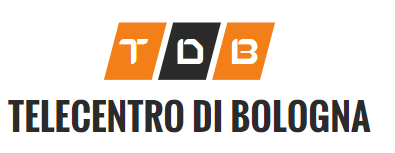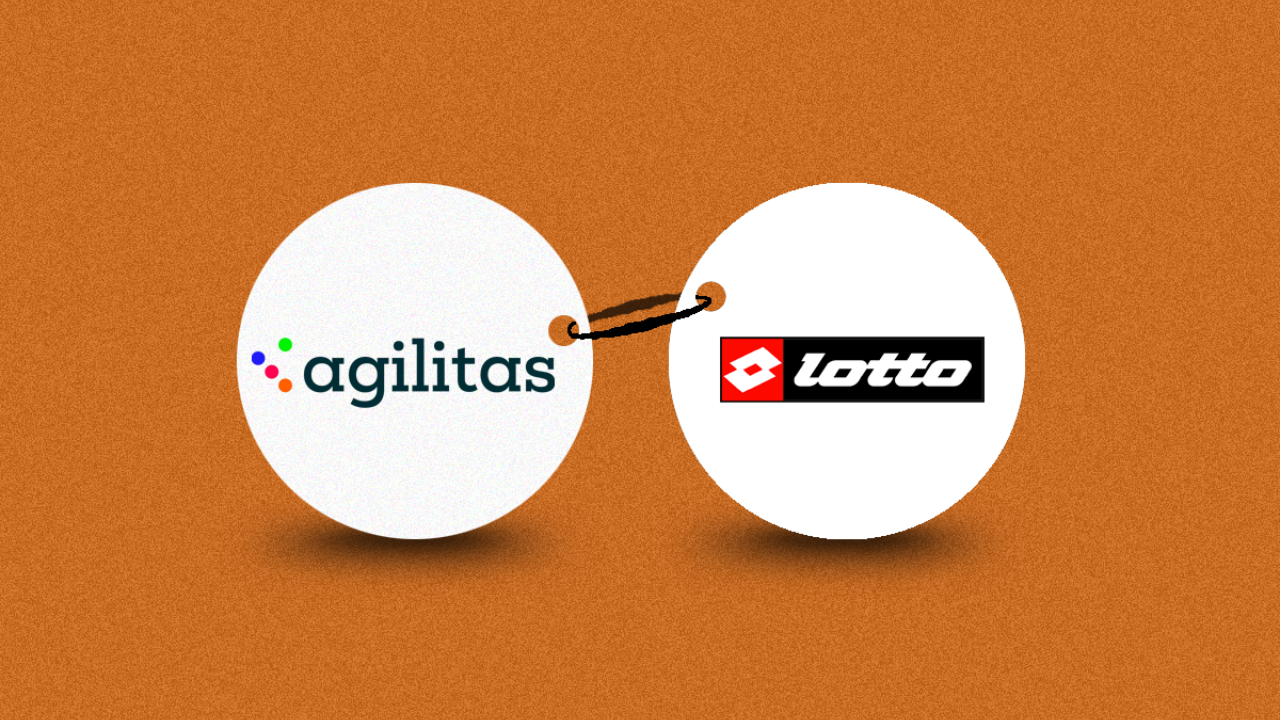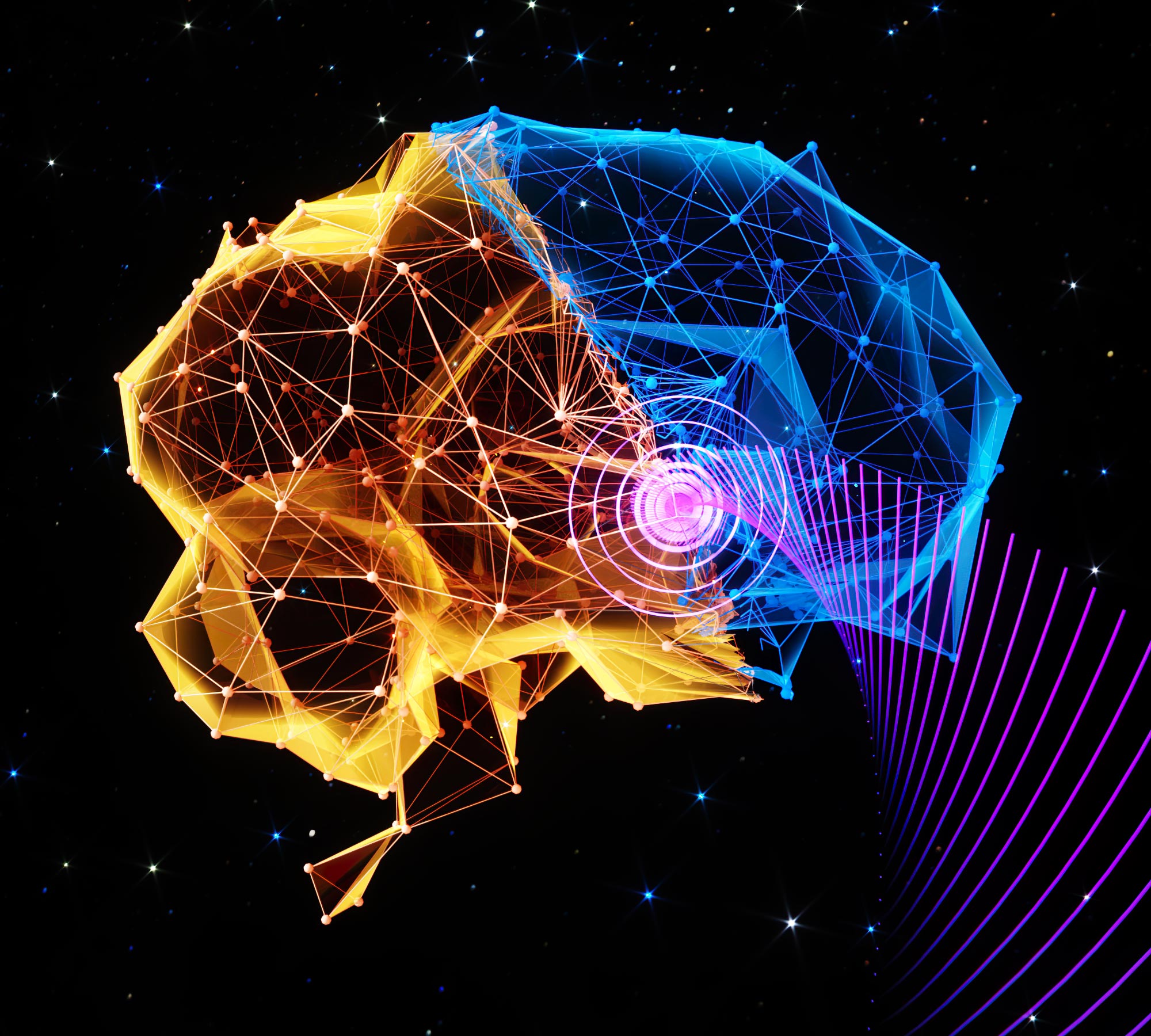por
Un equipo multidisciplinario dirigido por el profesor asistente Hong Chen en la Universidad de Washington en St. Louis ha desarrollado un método novedoso y no invasivo para inducir un estado similar a la hibernación en mamíferos al enfocarse en el sistema nervioso central con ultrasonido. Se ha demostrado que la técnica, que consiste en estimular una región preoperatoria del cerebro, reduce de forma eficaz la temperatura corporal y la tasa metabólica en ratones, lo que provoca un estado de letargo, un mecanismo natural que utilizan algunos animales para sobrevivir en condiciones extremas. Crédito de la imagen: Chen Lab, Universidad de Washington en St. Louis
Científicos de la Universidad de Washington en St. Louis han desarrollado una forma de inducir un estado similar a la hibernación en los mamíferos mediante la estimulación del cerebro con ultrasonido, según un estudio en metabolismo de la naturaleza. Esta tecnología no invasiva se puede utilizar en escenarios como vuelos espaciales o para pacientes con condiciones de salud graves para conservar energía y calor.
Algunos mamíferos y aves tienen una forma inteligente de conservar energía y calor al entrar en un estado de hibernación, en el que la temperatura corporal y la tasa metabólica descienden para permitirles sobrevivir en condiciones letales en el medio ambiente, como el frío extremo o la falta de alimentos. Si bien se propuso una condición similar para los científicos que realizaron viajes espaciales en la década de 1960 o para pacientes con condiciones de salud potencialmente mortales, la inducción segura de tal condición aún está muy lejos.
Hong Chen, profesor asociado de la Universidad de Washington en St. Louis, y un equipo multidisciplinario indujeron un estado similar a la hibernación en ratones mediante el uso de ultrasonido para estimular una región preoperatoria del cerebro, que ayuda a regular la temperatura corporal y el metabolismo. Además del ratón, que hiberna naturalmente, Chen y su equipo indujeron la hibernación en ratones, que no lo hacen. Sus hallazgos, que se publicaron el 25 de mayo en la revista Nature metabolismo de la naturalezademostró el primer método no invasivo y seguro para inducir un estado similar a la hibernación dirigiéndose al sistema nervioso central.
El equipo de Chen usó ultrasonido para inducir de manera segura y no invasiva un estado similar a la hibernación en ratones y ratas. Crédito: Video cortesía de Chen Lab, Universidad de Washington en St. Louis
Chen, profesora asistente de ingeniería biomédica en la Escuela de Ingeniería y Oncología Radioterápica McKelvey de la Facultad de Medicina, y su equipo, incluido Yaoheng (Mack) Yang, investigador asociado postdoctoral, crearon un transductor de ultrasonido portátil para estimular las células nerviosas en el hipotálamo. Tras la estimulación, los ratones mostraron una disminución de la temperatura corporal de unos 3 grados.[{» attribute=»»>Celsius for about one hour. In addition, the mice’s metabolism showed a change from using both carbohydrates and fat for energy to only fat, a key feature of torpor, and their heart rates fell by about 47%, all while at room temperature.
The team also found that as the acoustic pressure and duration of the ultrasound increased, so did the depth of the lower body temperature and slower metabolism, known as ultrasound-induced hypothermia and hypometabolism (UIH).
“We developed an automatic closed-loop feedback controller to achieve long-duration and stable ultrasound-induced hypothermia and hypometabolism by controlling of the ultrasound output,” Chen said. “The closed-loop feedback controller set the desired body temperature to be lower than 34 C, which was previously reported as critical for natural torpor in mice. This feedback-controlled UIH kept the mouse body temperature at 32.95 C for about 24 hours and recovered to normal temperature after ultrasound was off.”
To learn how ultrasound-induced hypothermia and hypometabolism is activated, the team studied the dynamics of the activity of neurons in the hypothalamus preoptic area in response to ultrasound. They observed a consistent increase in neuronal activity in response to each ultrasound pulse, which aligned with the changes in body temperature in the mice.
“These findings revealed that UIH was evoked by ultrasound activation of hypothalamus preoptic area neurons,” Yang said. “Our finding that transcranial stimulation of the hypothalamus preoptic area was sufficient to induce UIH revealed the critical role of this area in orchestrating a torpor-like state in mice.”
Chen and her team also wanted to find the molecule that allowed these neurons to activate with ultrasound. Through genetic sequencing, they found that ultrasound activated the TRPM2 ion channel in the hypothalamus preoptic area neurons. In a variety of experiments, they showed that TRPM2 is an ultrasound-sensitive ion channel and contributed to the induction of UIH.
In the rat, which does not naturally go into torpor or hibernation, the team delivered ultrasound to the hypothalamus preoptic area and found a decrease in skin temperature, particularly in the brown adipose tissue region, as well as about a 1 degree C drop in core body temperature, resembling natural torpor.
This multidisciplinary team consists of Jonathan R. Brestoff, MD, PhD, an assistant professor of pathology and immunology at the School of Medicine; Alexxai V. Kravitz, an associate professor of psychiatry, of anesthesiology and of neuroscience at the School of Medicine, and Jianmin Cui, a professor of biomedical engineering at the McKelvey School of Engineering, all at Washington University in St. Louis. The team also includes Michael R. Bruchas, a professor of anesthesiology and of pharmacology at the University of Washington.
“UIH has the potential to address the long sought-after goal of achieving noninvasive and safe induction of the torpor-like state, which has been pursued by the scientific community at least since the 1960s,” Chen said. “Ultrasound stimulation possesses a unique capability to noninvasively reach deep brain regions with high spatial and temporal precision in animal and human brains.”
Reference: “Induction of a torpor-like hypothermic and hypometabolic state in rodents by ultrasound” by Yaoheng Yang, Jinyun Yuan, Rachael L. Field, Dezhuang Ye, Zhongtao Hu, Kevin Xu, Lu Xu, Yan Gong, Yimei Yue, Alexxai V. Kravitz, Michael R. Bruchas, Jianmin Cui, Jonathan R. Brestoff and Hong Chen, 25 May 2023, Nature Metabolism.
DOI: 10.1038/s42255-023-00804-z
This work was supported by the National Institutes of Health (R01MH116981, UG3MH126861, R01EB027223, and R01EB030102). JRB is supported by NIH (DP5 OD028125) and Burroughs Wellcome Fund (CAMS #1019648).

«Viajar ninja. Alborotador. Erudito del tocino. Experto en alcohol extremo. Defensor de los zombis».







More Stories
Mira cómo el Sol arrastra brevemente la cola del cometa Satán
SpaceX lanza 23 satélites Starlink desde Florida (fotos)
Puede haber una luna extra orbitando la Tierra y los científicos creen saber exactamente de dónde vino